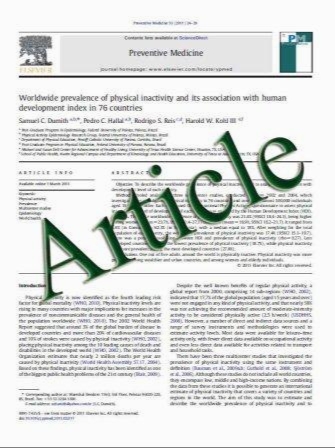Determination of the safe penetration depth during all-inside meniscal repair of the posterior part of the lateral meniscus using the FasT-Fix suture repair system
- نوع فایل : کتاب
- زبان : انگلیسی
- مؤلف : Mohamed Mahmoud Abouheif • Hayatoshi Shibuya • Takuya Niimoto • Wirat Kongcharoensombat • Masataka Deie • Nobuo Adachi • Mitsuo Ochi
- چاپ و سال / کشور: 2011
Description
Purpose The objective of this study was to determine the safe penetration depth of the FasT-Fix meniscal suture repair system during all-inside repair of the posterior part of the lateral meniscus. Methods Thirty-one knees from 17 embalmed and formalin- fixed cadavers (11 women, 6 men) were used. In each case, the circumference of the cadaver knee was measured before dissection. After dissection, 41 Fast-Fix meniscal repair devices were used in different predetermined penetration depths ranging from 8 to 16 mm. In this study, non-involvement of the popliteal neurovascular bundle, common peroneal nerve or the inferior lateral genicular vessels by either needle penetration or affixment by the suture bar anchors was considered to be a safe trial. Results Out of the 41 FasT-Fix devices used in this study, only one device bent during introduction and was excluded from the study. For the remaining 40 trials, 27 of them were considered safe, while 13 trials were considered unsafe. The ratio of the average penetration depth to the average circumference of the cadaver knee was found to be [0.05 for the unsafe penetrations, and this was statistically significant P\0.05. Additionally, for the first point, which is more central, there was a trend for the straight needles through the direct lateral approach to be less safe, and this was found to be statistically significant P\0.05. Conclusions Correlating the needle-penetration depth to the measured circumference of the cadaver knee may be an important clinical predictor of safety whereby a ratio of less than 0.05 might be useful as a guide to determine the safe penetration depth of the FasT-Fix suture repair needle during repair of the posterior horn lateral meniscus. Also, it is better to avoid using straight needles through the direct lateral approach during repair of the more central portion of the posterior horn lateral meniscus.
Knee Surg Sports Traumatol Arthrosc DOI 10.1007/s00167-011-1489-x Received: 6 October 2010 / Accepted: 21 March 2011


